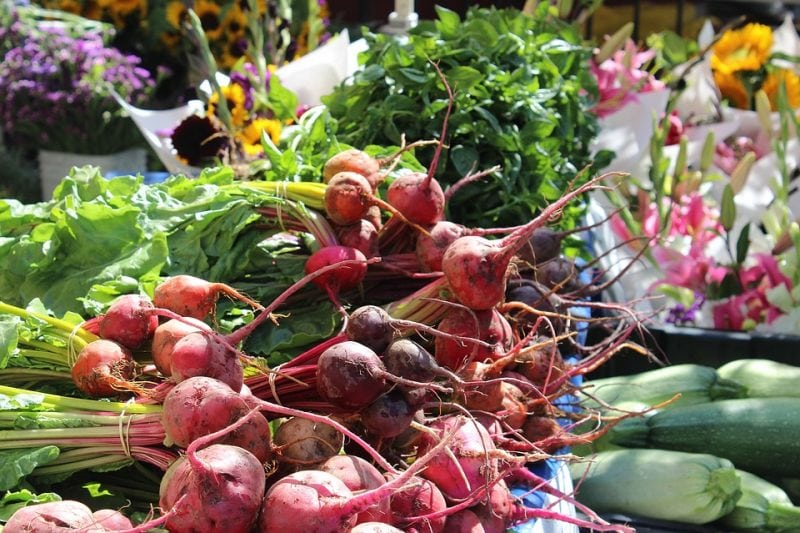
The increasing trend in urban population has placed food security as a major concern for creating sustainable cities. Developing countries are not the exception. Developing countries are also showing a dramatic increase of their urban centers, which will augment food access issues in the coming years, especially for the poor.
Food supply chains in developing countries are typically fragmented and characterized by a chain of “middlemen” (that is, intermediary actors) that buy the product from producers and sell it to wholesalers.
The impact of intermediation is debatable. While some argue that intermediation in fresh food supply chains should be reduced in order to guarantee lower consumer end prices, others hold that intermediation is key to bridge isolated economic actors into trading partnerships.
Supply chains are complex adaptive systems in which interconnected actors make decisions that are interdependent (that is, affected by other actors’ decisions). Implications of those interdependent decisions at the system level are far from trivial. In order to study the impact of the role of intermediation in fresh food markets, researchers built a computational study of the potato market in central Colombia (in the region known as Cundinamarca). Such a market consists of a complex operation that involves thousands of producers, intermediaries, wholesalers, and small shops, with a population outreach of more than eight million inhabitants in the city of Bogota.
The computational representation built in the paper corresponds to an agent-based model, that is, an artificial market in a computer simulation where autonomous, utility-oriented, economic actors make transactions. In the model, producers are able to choose between intermediaries — middlemen — and farmers’ markets — direct markets, through which intermediation is bypassed — in order to sell their product. Producers face this dilemma: while farmers’ markets might offer higher prices than those offered by intermediaries, producers have to incur transportation costs to take their product to such direct markets; in contrast, intermediaries avoid producers incurring transportation costs at the expense of offering potentially lower buying prices.
Prices at both points (intermediary/farmers’ market) depend on the supply and demand interplay, which a given producer cannot know in advance since its outcome results from the simultaneous decisions of other producers. Producers use a learning algorithm to gather experience from past transactions and assess their future chances.
The paper explores several market scenarios, including varying the number of producers, intermediaries and farmers’ markets, as well as different transportation cost values and producers’ learning rates. Input data of the model include real distances between towns/villages, transportation costs, production costs, and production efficiency rates. The calibrated model reveals that, under several conditions, producers “learn” that intermediation is the best option to trade through.
Key results indicate that (i) under the lack of proper infrastructure, intermediation can help absorb transport costs, (ii) promoting the creation of farmers’ markets might not significantly contribute to reducing intermediation, (iii) promoting competition among intermediaries might not have the desired impact on the profits of producers, and that (iv) there is need to understand internal processes of the agricultural firm/producer (e.g., knowledge sharing) in order to improve its efficiency.
These findings are described in the article entitled Market-level effects of firm-level adaptation and intermediation in networked markets of fresh foods: A case study in Colombia, recently published in the journal Agricultural Systems. This work was conducted by Gonzalo Mejia from the Universidad de la Sabana and Cesar Garcia-Diaz from the Universidad de los Andes.








